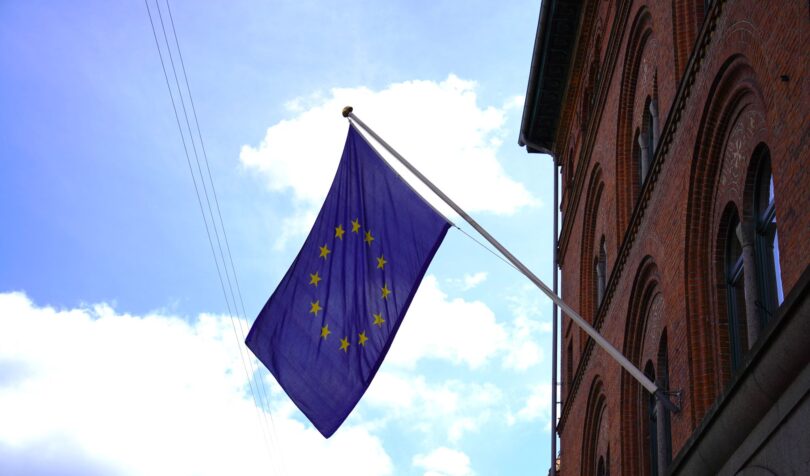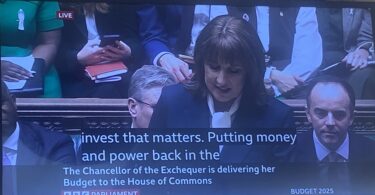Copenhagen, DENMARK – The European Union and U.S. on Sunday made a non-binding agreement to 15 percent tariffs on a vast majority of products from the EU with caveats on the EU to purchase at least $1.3 trillion in strategic and private investments from the U.S.
Listen to the author read this story:
When U.S. President Donald Trump threatened 30 percent tariffs early this month, EU leaders threatened retaliation.
After a high-stakes negotiation between European Commission President Ursula von der Leyen and Trump in Scotland, Trump announced tariffs of 15 percent, the same as Trump put on Japan.
The agreement came after both Trump and von der Leyen said there was a 1 in 2 chance coming to terms.
It was “certainly a challenge,” said von der Leyen, who described the talk as tough but fair.
“Today’s deal creates certainty in uncertain times. It delivers stability and predictability, for citizens and businesses on both sides of the Atlantic,” said von der Leyen.
The 15 percent deal doesn’t come for free for the EU.
The EU has agreed to purchase $750 billion worth of energy, invest $600 billion dollars more than now in the US and buy a “vast” amount of military equipment from the U.S., Trump said, which he claimed is the best in the world.
Russian oil is still coming in through the “back door” and the EU will invest $250 billion a year in American energy including oil, said von der Leyen.
“We will give better access for American products in our market,” said von der Leyen.
The EU will also invest in AI chips from the U.S. said von der Leyen.
Speaking to reporters at his golf course in Scotland, Trump touted the results.
“I think it is the biggest deal ever made,” he said.
Though Trump has said the tariffs would begin August 1, the agreement is not yet finalized.
Von der Leyen said the 15 percent tariff includes automobiles, semi-conductors and pharmaceuticals.
But a 50 percent U.S. tariff on steel and aluminum will stay in place globally, said Trump.
“On steel and aluminum, the EU and the U.S. face the common external challenge of global overcapacity,” said von der Leyen. “We will work together to ensure fair global competition. And to reduce barriers between us, tariffs will be cut. And a quota system will be put in place.”
Before the meeting began, Trump told reporters that pharmaceuticals would not be part of it.
There is a “0 for 0 tariff” on “strategic” exports including “all aircraft and component parts, certain chemicals, certain generics, semiconductor equipment, certain agricultural products, natural resources and critical raw materials,” said von der Leyen.
The agreement, von der Leyen said, “provides a framework from which we will further reduce tariffs on more products, address non-tariff barriers, and cooperate on economic security.”
European Parliament President Roberta Metsola posted a supportive statement on her social media.
“I welcome the agreement on a trade deal between the European Union and the United States,” said Metsola.
The European Parliament, Metsola posted, “will do its part in analyzing the deal ensuring it is in the best interest of European businesses and consumers.”
Noah Haynes is a Correspondent with Youth Journalism International.



